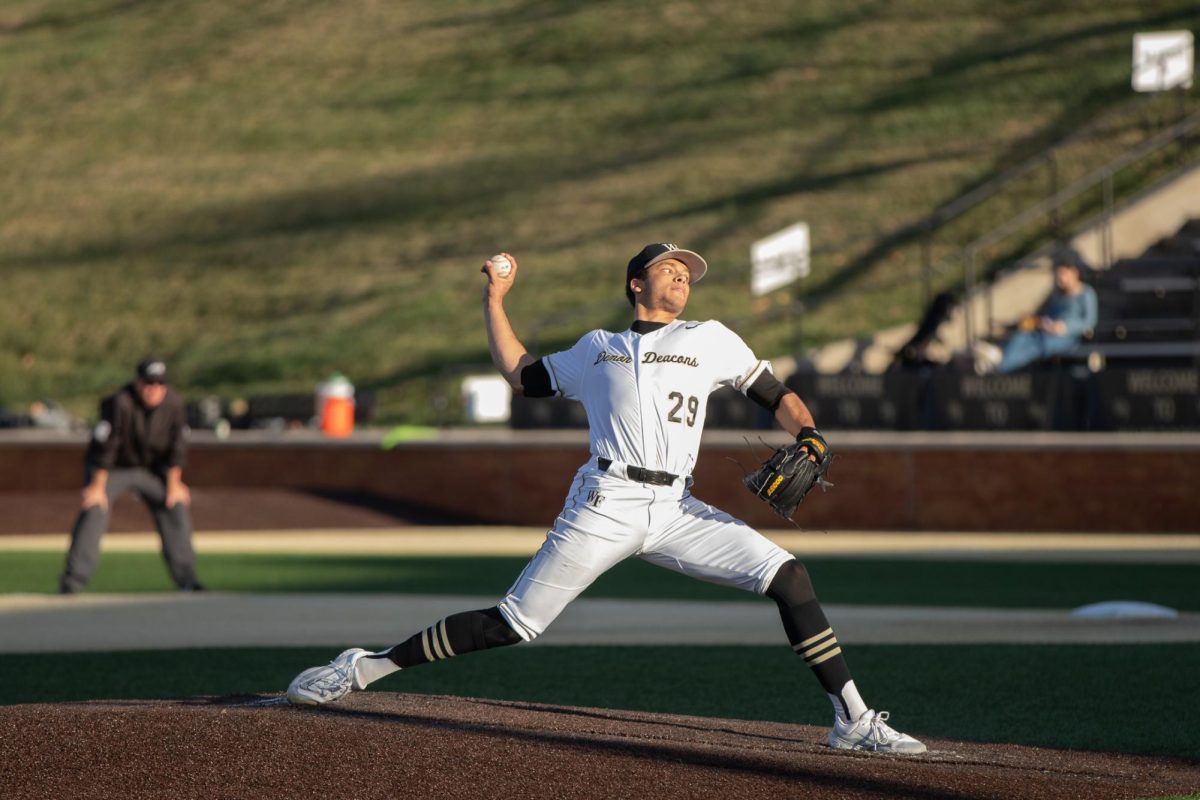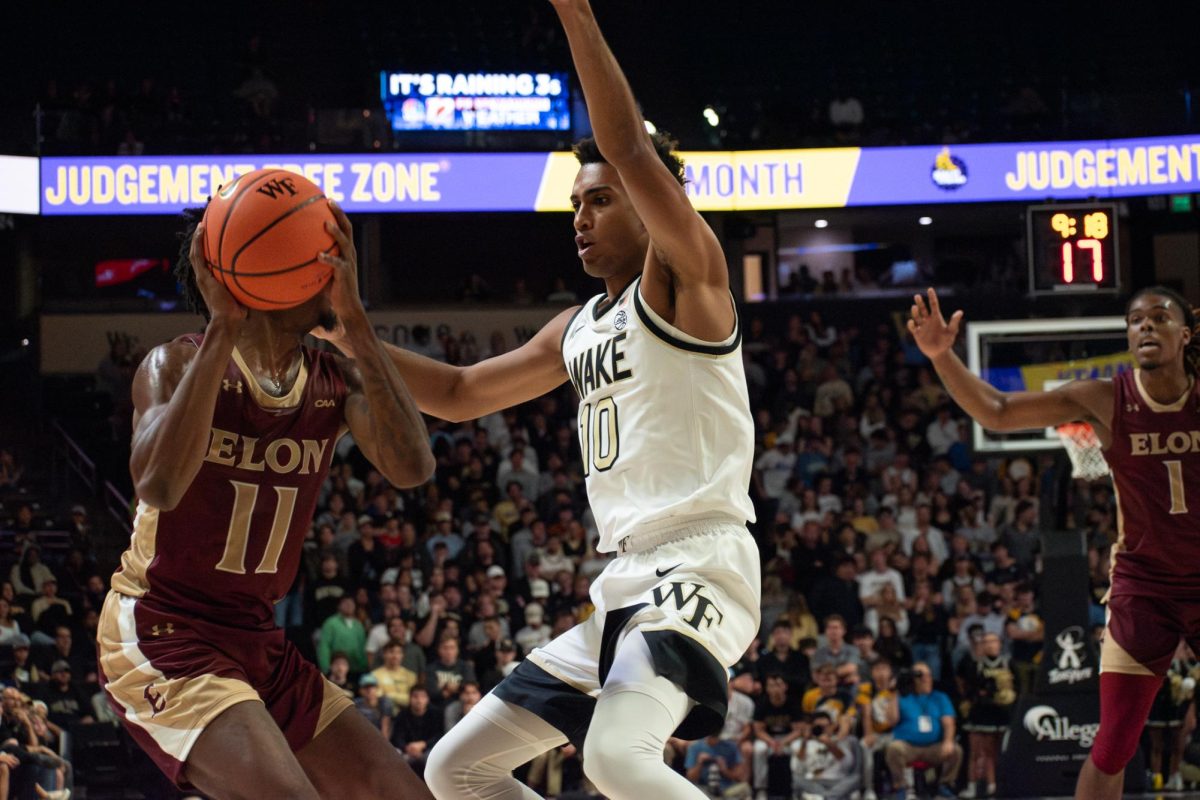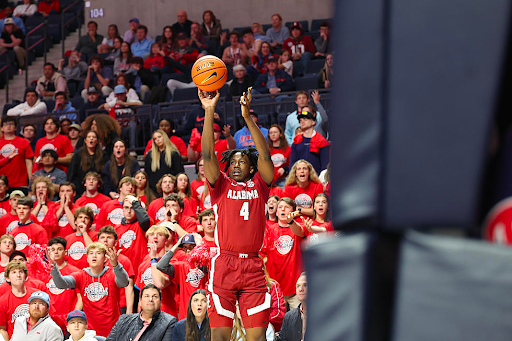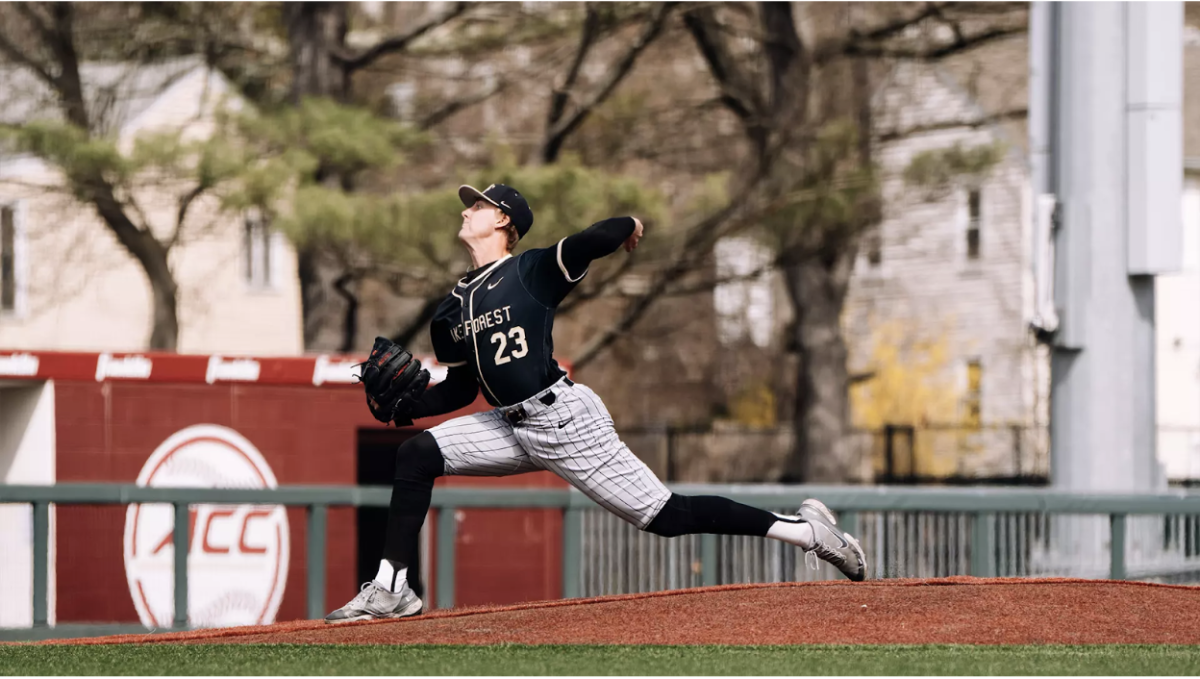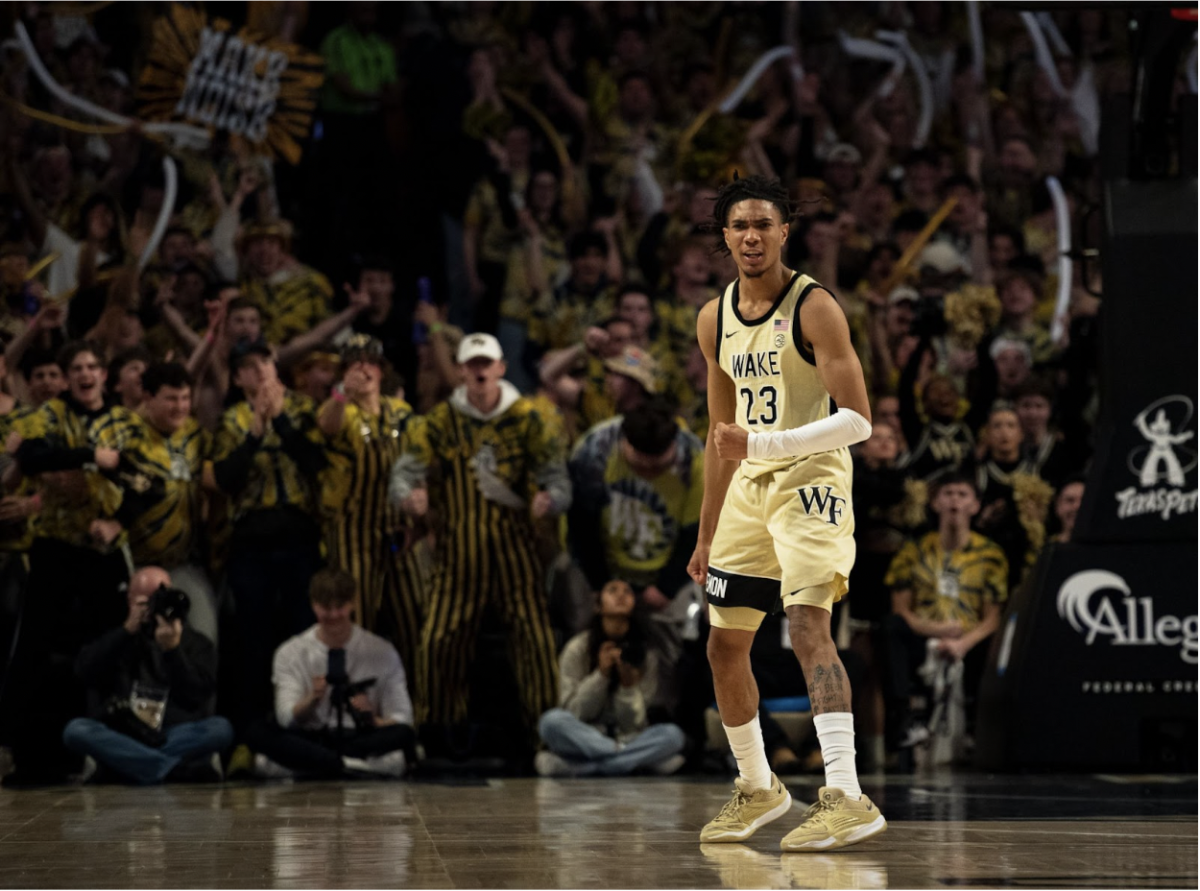In 1923, Wake Forest entered into a new era — the era of the Demon Deacon.
The term “Demon Deacon” was coined by this very publication, with its first official reference in a fall 1923 edition of the Old Gold & Black.
At this time, the Old Gold & Black was under the direction of James “Mayon” Parker (class of 1924) — and the “Demon Deacons” title took off, being published in over a dozen articles under his direction.
The title came out while the football team was headed by Coach Henry “Hank” Garrity, who led the previously lackluster team to three winning seasons. Parker decided that the team was in need of a fiercer name following their victory against Trinity College, now known as Duke University.
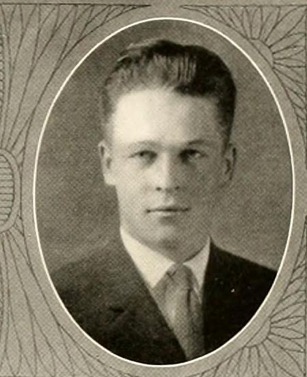
Before this, Wake Forest’s mascot had undergone several changes. The first mascot was a tiger, originally designed by a student while the university was still named Wake Forest College. The tiger was the symbol of the university for about two decades, according to a 2010 article on the evolution of the Demon Deacon, written by Dr. Betsy Chapman.

After being the Tigers, Wake Forest Athletics went by “the Baptists” — an ode to the university’s roots in the religion — until the 1920s.
Once “Demon Deacons” was coined, the mascot came to follow about 20 years later. Jack Baldwin (class of 1943) dressed in a tuxedo and top hat for a football game in 1940 on a dare from his Kappa Sigma fraternity brothers. From this, the traditional dress of the Demon Deacon was born. Baldwin’s top hat and coattails are now on display at the Wake Forest Historical Museum.
In 1948, the Demon Deacon was given a lead role in The Howler yearbook, which described him as “a human being in the realest sense of the word,” and he has been the star of the university since.

This long sequence of events led to the creation of the Demon Deacon we all know and love today. Whether you see him at a football game, Pitsgiving or other campus events, he brings with him copious amounts of school spirit. As we look back on the last 100 years, let us also look forward to the next chapter of Wake Forest. Here’s to the next century.



